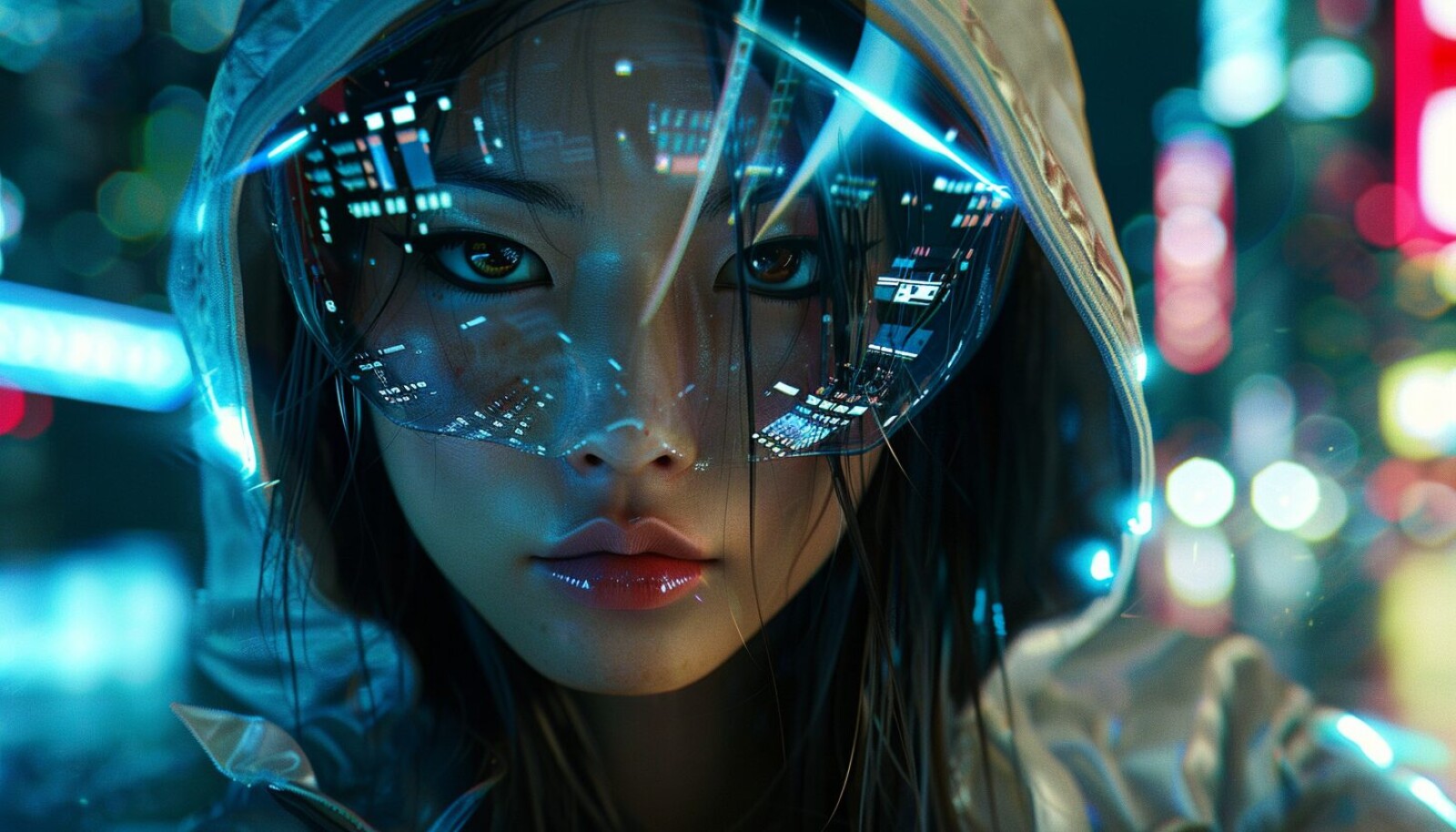
Amelia Altcoin
Why Playing Minecraft Might Be Your Gateway to Understanding Web3

Web3, the latest iteration of the internet, emphasizes decentralization, user ownership, and enhanced connectivity. Minecraft, a globally popular game known for its creative and exploratory gameplay, serves as a practical example of these principles in action. By examining Minecraft’s integration with Web3 features, we can gain insights into the transformative potential of this emerging digital paradigm.
Web3 and Minecraft: A Natural Synergy
Web3 represents a shift towards a more user-controlled and decentralized internet, where blockchain technology enables greater transparency, security, and ownership. Minecraft, with its expansive and adaptable virtual worlds, aligns perfectly with these principles. The game’s integration of blockchain and non-fungible tokens (NFTs) through projects like NFT Worlds demonstrates how Web3 functionalities can enhance gaming experiences.
NFT Worlds and Web3 Integration
In March 2022, Minecraft introduced a blockchain layer, enabling features typical of Web3 environments, such as play-to-earn (P2E) mechanisms and digital asset ownership. NFT Worlds, built on the Polygon blockchain, allows players to purchase and trade in-game items using $WRLD ERC-20 tokens, transforming Minecraft into a decentralized platform where players have real ownership of their digital assets.
The Metaverse Connection
Minecraft’s adaptability and user-generated content make it an ideal platform for the Metaverse, a collective virtual shared space. Unlike centralized visions of the Metaverse, Minecraft operates on decentralized principles, where users create and manage their own worlds. This decentralized approach contrasts sharply with centralized platforms like Facebook, offering a more democratic and open environment.
Decentralization and Community Involvement
Minecraft’s decentralized nature allows for a high degree of player customization and community involvement. Players can create their own content, share it, and build on each other’s creations, fostering a sense of community and collaboration that is central to Web3. This player-driven model is further enhanced by the use of DAOs (Decentralized Autonomous Organizations), which enable players to have a say in game development and governance.
The Benefits and Challenges of Web3 Gaming
Enhanced Player Ownership and Monetization
One of the primary benefits of Web3 gaming is enhanced player ownership. In traditional games, players invest time and money without true ownership of in-game assets. Web3 changes this by allowing players to own, trade, and monetize their digital assets. This not only provides financial incentives but also ensures that players have a tangible stake in the game’s ecosystem.
Transparency and Security
Blockchain technology ensures high transparency and security in Web3 games. Every transaction is recorded on the blockchain, making it easy to track asset ownership and transaction history. This level of transparency helps prevent fraud and ensures a fair gaming environment. However, it also introduces new risks, such as the potential for smart contract hacks and the need for secure crypto wallets to protect digital assets.
Challenges to Adoption
Despite its advantages, Web3 gaming faces significant challenges. The technology is still nascent and often lacks user-friendly interfaces, making it difficult for non-tech-savvy players to get involved. Additionally, the industry must overcome skepticism and regulatory hurdles. The focus on monetization can sometimes overshadow the importance of fun and engaging gameplay, which is crucial for attracting and retaining players.
Case Studies: Web3 Games in Action
Several games illustrate the potential of Web3:
- CryptoKitties: One of the first popular blockchain games, allowing players to breed, collect, and trade unique digital cats.
- Axie Infinity: A Pokemon-inspired game where players can collect, raise, and battle creatures called Axies, with real ownership of in-game assets.
- The Sandbox: A virtual world where players can build, own, and monetize their gaming experiences using blockchain technology.
- Decentraland: A decentralized virtual world where users can create, explore, and trade virtual assets.
Conclusion
The integration of Web3 with platforms like Minecraft highlights the transformative potential of decentralized technologies in gaming. By promoting player ownership, transparency, and community involvement, Web3 is poised to revolutionize the digital landscape. However, realizing this potential requires addressing significant challenges, including usability, security, and regulatory compliance. As the Web3 ecosystem evolves, it will be exciting to see how these technologies continue to reshape our digital interactions.
By understanding Minecraft’s role in the Web3 revolution, we gain valuable insights into the future of gaming and the broader implications of a decentralized internet. Whether you’re a gamer, developer, or tech enthusiast, the journey into Web3 promises to be an exciting adventure.













